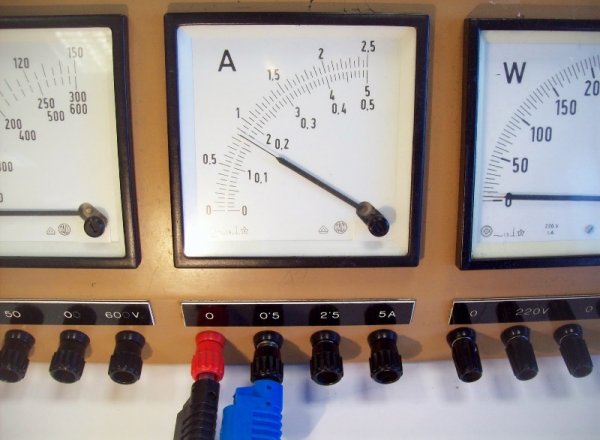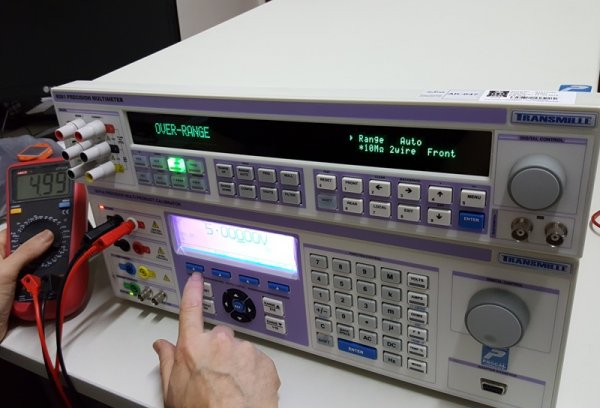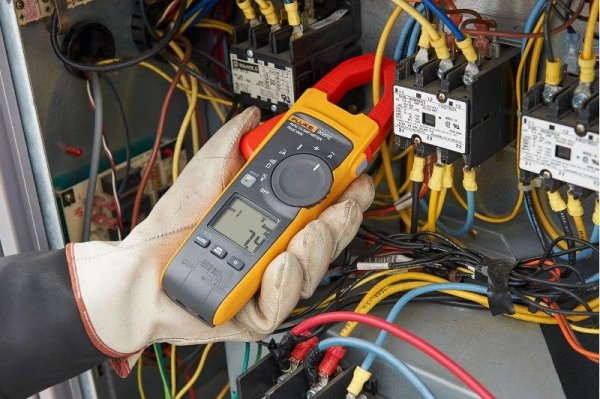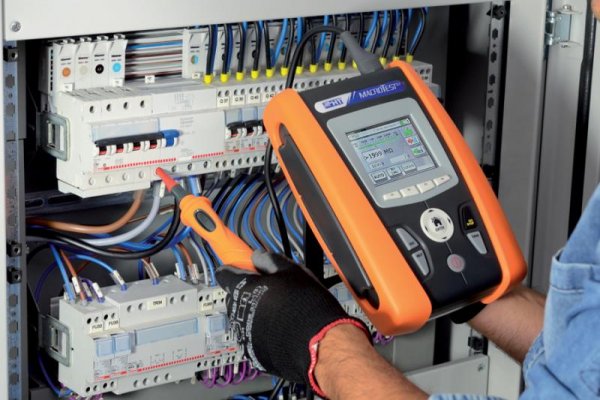Physical quantities and parameters, units
Physical quantities
Quantities mean those characteristics of phenomena that determine phenomena and processes and can exist independently of the state of the environment and conditions. These include, for example, electric charge, field strength, induction, electric current, etc. The environment and the conditions under which the phenomena defined by these quantities occur can change these quantities mainly only quantitatively.
Physical parameters
Parameters mean such characteristics of phenomena that determine the properties of media and substances and affect the relationship between the quantities themselves. They cannot exist independently and are manifested only in their action on the actual size.
Parameters include, for example, electrical and magnetic constants, electrical resistance, coercive force, residual inductance, electrical circuit parameters (resistance, conductance, capacitance, inductance per unit length or volume in a device), etc.
Values of physical parameters
The values of the parameters usually depend on the conditions under which this phenomenon occurs (from temperature, pressure, humidity, etc.), but if these conditions are constant, the parameters keep their values unchanged and are therefore also called constant.
Quantitative (numerical) expressions of quantities or parameters are called their values. It should be noted that the values are usually referred to as quantities to avoid. For example: the reading of the voltmeter U is 5 V, therefore the measured voltage (value) V has a value of 5 V.
Units
The study of any phenomenon in physics is not limited to establishing qualitative relationships between quantities, these relationships must be quantified. Without knowledge of the quantitative dependencies, there is no real insight into this phenomenon.
Quantitatively, a quantity can be estimated only by measuring it, that is, by experimentally comparing a given physical quantity with a quantity of the same physical nature, taken as a unit of measurement.
Measurement can be direct or indirect. In direct measurement, the quantity to be determined is compared directly to the unit of measurement. In indirect measurement, the values of the desired quantity are found by calculating the results of direct measurements of other quantities related to a given specific ratio.
The establishment of units of measurement is extremely important both for the development of science in scientific research and the establishment of physical laws, and in practice for the conduct of technological processes, as well as for control and accounting.
The units of measurement for various quantities can be set arbitrarily without considering their relationship to other quantities, or taking such relationships into account. In the first case, when you substitute numerical values in the relationship equation, it is necessary to additionally take into account these relations. In the second case, the need for the latter disappears.
Each system of units is distinguished basic and derived units… The basic units are set arbitrarily, while they usually proceed from some characteristic physical phenomenon or property of a substance or body. The basic units must be independent of each other and their number must be determined by the necessity and sufficiency for the formation of all derivative units.
So, for example, the number of basic units needed to describe electrical and magnetic phenomena is four. It is not necessary to accept the units of the basic quantities as the basic units.
It is only important that the number of basic units of measurement is equal to the number of basic quantities, and that they can be reproduced (in the form of standards) with maximum accuracy.
Derived units are units established on the basis of regularities relating the value for which the unit is established to the values whose units are set independently.
To obtain a derivative unit of an arbitrary quantity, an equation is written that expresses the relationship of this quantity with the quantities determined by the basic units, and then, equating the coefficient of proportionality (if it is in the equation) to one, the quantities are replaced by measurements units and expressed in terms of base units.Therefore, the size of the units of measurement coincides with the size of the corresponding quantities.
Basic systems of blocks in electrical engineering
In physics until the mid-20th century, two absolute systems of units developed by Gauss were common— SGSE (centimeter, gram, second — electrostatic system) and SGSM (centimeter, gram, second — magnetostatic system), in which the main quantities are the centimeter, gram, second and the dielectric or magnetic permeability of the cavity.
The first system of units is derived from Coulomb's law for the interaction of electric charges, the second - based on the same law for the interaction of magnetic masses. The values of the same quantities expressed in units of one system are extremely different from the same units in another. Consequently, the symmetric Gaussian CGS system also became widespread, in which electric quantities are expressed in the CGSE system and magnetic quantities are expressed in the CGSM system.
The units of CGS systems in most cases proved to be inconvenient to practice (too large or too small), which led to the creation of a system of practical units that are multiples of units of the CGS system (ampere, volt, ohm, farad, pendant, etc.) .). They were the basis of the system that was widely adopted at one time. ISSA, whose original units are meter, kilogram (mass), second, and ampere.
The convenience of this system of units (called the absolute practical system) lies in the fact that all its units coincide with the practical ones, so there is no need to introduce additional coefficients in the formulas for the relationship between the quantities expressed in this system of units.
Currently, there is a single international system of units. SI (International System), which was adopted in 1960. It is based on the ISSA system.
The SI system differs from the MCSA in that a unit of thermodynamic temperature is added to the number of the first units of the former, the degree of Kelvin, the unit of measurement of the amount of matter is the mole, and the unit of luminous intensity is the candela, which allows this system to be extended not only to electric, magnetic and mechanical phenomena., but also to other areas of physics.
In the SI system, there are seven basic units: kilogram, meter, second, ampere, kelvin, mole, candela.
To calculate quantities that are much larger than this unit of measure or much smaller than it, multiples and submultiples of the units are used. These units are obtained by appending the appropriate prefix to the base unit name.
The history of the formation of the SI system and the basic units of this system are given in this article: SI measurement system — history, purpose, role in physics




